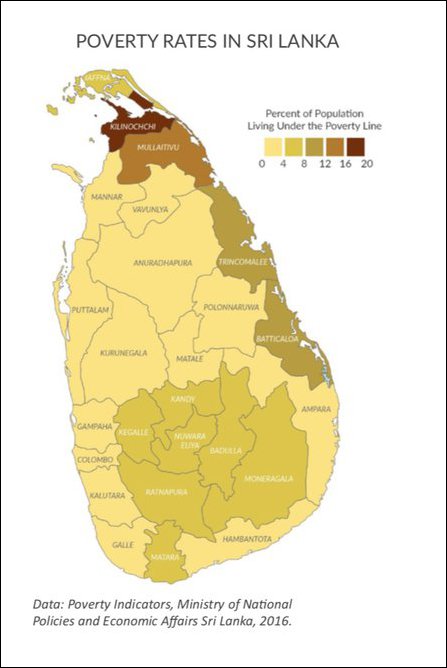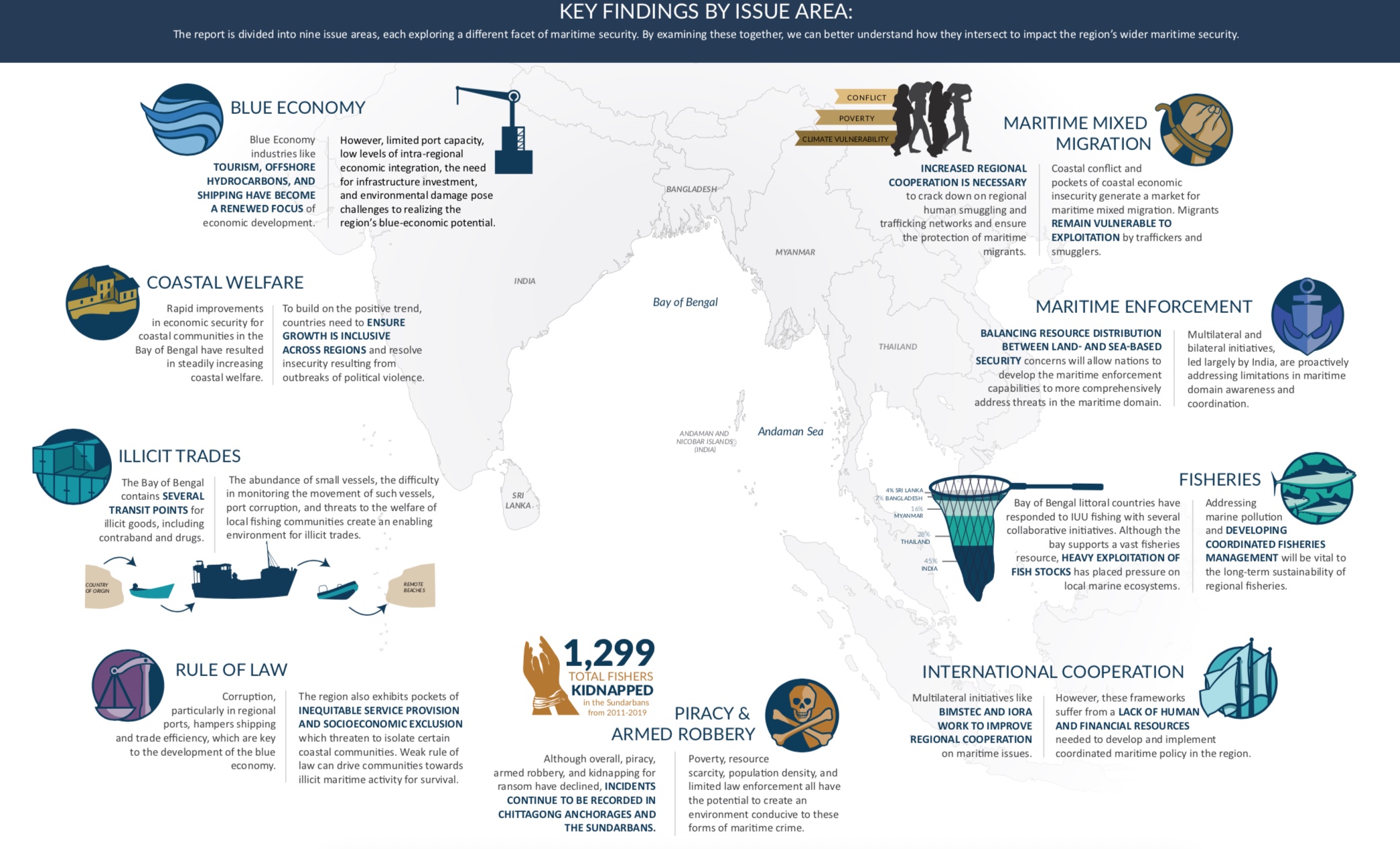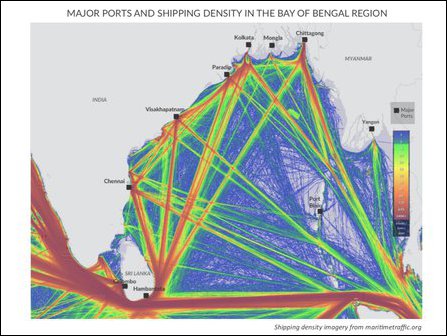Notes development disparity between North-East and South
by TamilNet, March 19, 2020
https://stableseas.org/publications/stable-seas-bay-bengal-maritime-security
All the successive regimes in Colombo have focused on improving the economy of the Sinhala South after the onslaught on Eezham Tamils in 2009. The Sri Lankan State, which deploys ‘development’ coupled with geopolitics to sustain the protracted genocide against the nation of Eezham Tamils, has a particular focus on shipping when compared to other maritime industry sectors such as fisheries, tourism and energy, reveals a study conducted by One Earth Future (OEF), a non-profit foundation based in the USA. “Sri Lanka” stands out as an emerging global hub and a “regional leader” in shipping, the OEF’s Stable Seas program observes in the study published on Monday. Although the report fails to identify SL State’s structural discrimination against the stateless Eezham Tamils, it doesn’t miss to note the disparity on Human Development Index (HDI) between the coastal districts of North-East and the South.
The report, titled “Stable Seas: Bay of Bengal” identifies the national question of Rohingya people in Myanmar as a large stateless community and a prominent form of exclusion in the region.
“In India, Bangladesh, and Myanmar, the HDI scores in first-level administrative divisions adjacent to the bay are higher than national averages, with India having the largest difference,” the report says.
“For example, in India, the small Bay of Bengal territories of the Andaman and Nicobar Islands and Puducherry have HDI scores in the “High” category, roughly equivalent to that of a country such as Jordan, and even a larger state like Tamil Nadu is just shy of this “High” category and has a score equivalent to that of South Africa.”
“However, in Thailand and Sri Lanka this does not appear to be the case,” it notes.
“The Southern region of Thailand, which borders the Bay of Bengal, has an HDI score just slightly below the national average, while still ranking well above the inland North and Northeast regions.
“The clearest outlier from the trend is in Sri Lanka. Although subnational HDI data is unavailable in Sri Lanka, a comparison of province-level poverty rates shows that coastal provinces have levels of poverty significantly above the national average,” the report notes.


The report identifies the following areas for policy prioritisation: port security and governance, maritime domain awareness, stateless communities, and greater resourcing for regional organisations addressing shared maritime challenges.
The orientation of the report is States-centric.
However, the indicating trends using parameters mentioned above are also helpful for stateless nations, such as Eezham Tamils, to perceive the direction of patterns of disparity prevailing among the communities within the Bay of Bengal States and among the State-actors in the region.
The report suggests areas of policy prioritisation to the State and regional organisations such as the Bay of Bengal Initiative for Multi-Sectoral Technical and Economic Cooperation (BIMSTEC) and the Indian Ocean Rim Association (IORA).
“BIMSTEC is the best-placed multilateral framework for addressing shared maritime security and governance challenges in the region,” the report notes in its conclusion. “However, BIMSTEC also suffers from a lack of the financial, human, and technical resources that are necessary to push a maritime cooperation agenda and bring about substantive collaboration,” the report from the US-based institution notes further.
Related Articles:
24.02.20 Islamabad establishes close rapport with Colombo
07.02.20 New Delhi to discuss maritime security, BIMSTEC ‘progress’ w..
28.01.20 US Report: Washington needs New Delhi to pose military dilem..
08.12.19 Australian think tank seeks ‘selective focus’ on building ‘S..
18.12.18 Modi brings Maldives into Quad-agenda, announces USD 1.4 bil..
24.11.18 Colombo awaits UN approval to seize 25-fold larger extent of..
18.11.18 Genocidal Sri Lanka’s maritime and naval greed expose attitu..
05.03.14 BIMSTEC having Eelam territory gets secretariat in Dhaka
External Links:
| STABLE SEAS: | STABLE SEAS: BAY OF BENGAL |

